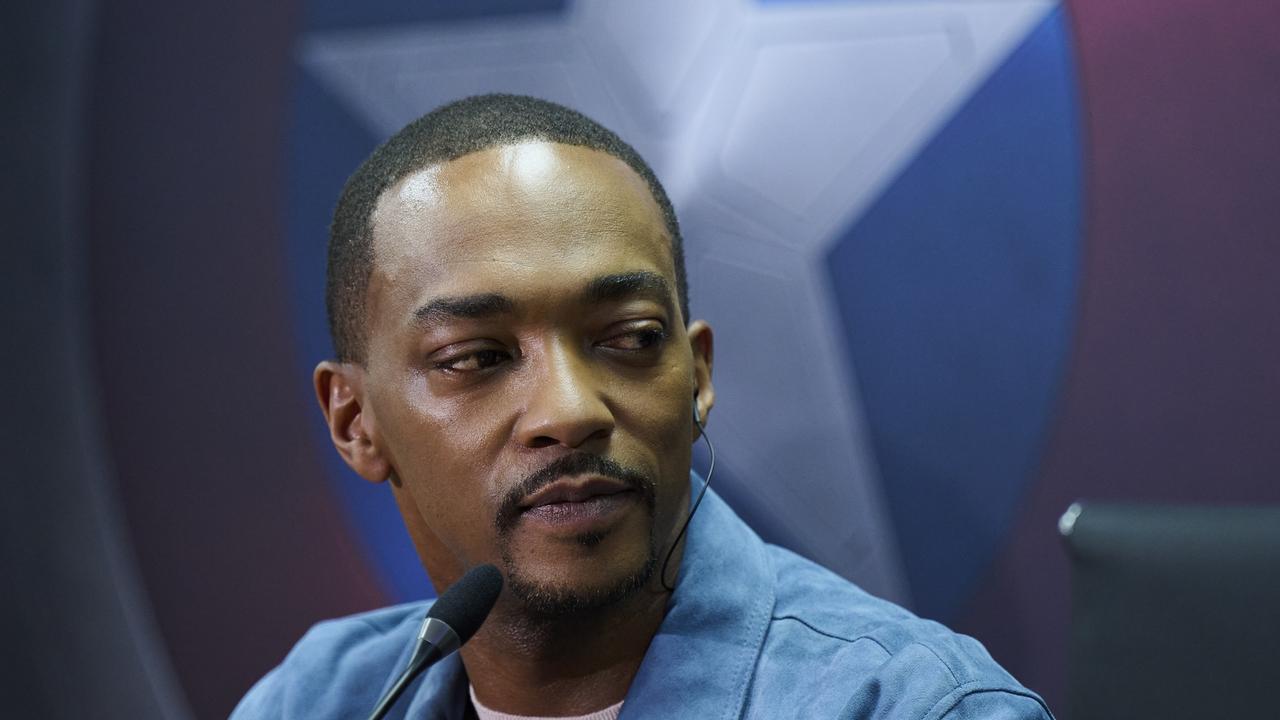How Oklahoma City bombing changed a nation
TWENTY-TWO years on, a new film sheds light on the Oklahoma City bombing, America’s worst domestic terror attack. Here’s why more homegrown attacks are coming.
New Movies
Don't miss out on the headlines from New Movies. Followed categories will be added to My News.
NAVIGATING through the tangled wires, and coagulated pools of blood, in what used to be the Alfred P. Murrah Federal Building, police inspector Jerry Flowers knew that everything had changed that day.
The date was April 19, 1995, and the event was the Oklahoma City bombing; the worst act of domestic terrorism in American history.
“We could hear people screaming. We could hear them screaming, we could hear them crying. You just couldn’t see them because it was so dark,” inspector Flowers said in Oklahoma City, a critically-acclaimed documentary just released on Netflix — 22 years after the attack.
In total, 168 people lost their lives that day, 19 of those were children who were in daycare.
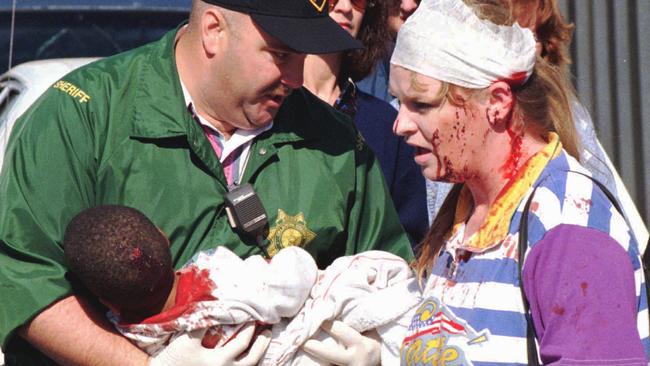
The attack changed how Americans perceived terrorism at the time and shaped a new era of terrorist activity.
In the early, confused days after the bombing, the media was quick to lay blame on foreign suspects, however Americans were soon shocked to discover the perpetrator was one of their own — Timothy McVeigh, a man driven by anti-government sentiments.
Experts say today’s youth have much in common with him.
“That ‘us against them’ mentality very much plays out today,” Dr Clarke Jones, a terrorism expert at Australian National University, told news.com.au.
“People try and create this picture that they’re under siege by minority groups. There seems to be a real push in the conservative right, and people who are like Timothy McVeigh.”
As McVeigh was lead from the Noble County Sheriff’s office to a more secure location, and his face was broadcast around the world, a sobering realisation quickly set in.
Journalist Mark Potok told documentary makers that for many, this was the first time they had seen McVeigh.
“We understood in a kind of flash there were enemies within this country. Not foreign terrorists, but red-blooded Americans who were engaged in a war against America,” he said.
Dr Jones said this realisation shaped America.
“The Oklahoma bombing was one of the first considerable instances where a large explosive came from an internal perpetrator.
“National security was very much externally focused in relation to threats from foreign countries and there was a realisation that threats could come from within.”
For most Americans, this created a sense of betrayal.
MOTIVES FOR THE ATTACK
The news of Timothy McVeigh’s arrest left the country reeling. He didn’t do it on his own — Terry Nichols was sentenced to life in prison for conspiracy to use a weapon of mass destruction — but McVeigh was the engineer of the attack and the focus of Americans’ fury.
The idea that two of their own had knowingly taken the lives of men, women and children was hard to comprehend.
Many questioned how McVeigh went so wrong he felt he needed to attack his own country and countrymen.
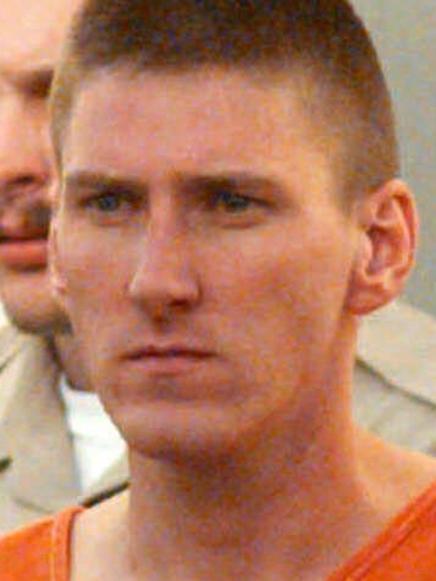
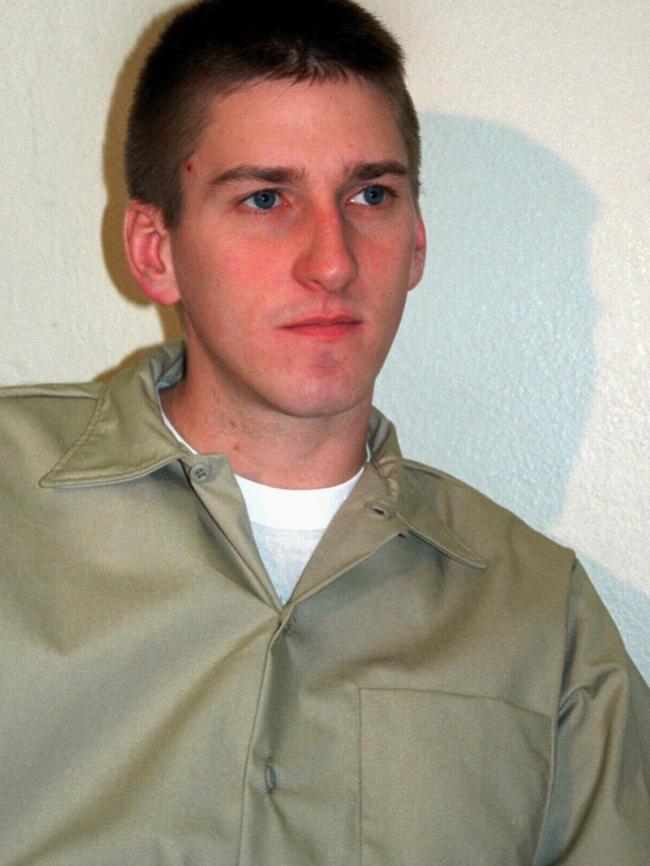
McVeigh was shaped in large part by his environment.
A tall, skinny kid at school, he was nicknamed “Noodle” McVeigh. He loved superheroes, had a large comic collection, hated bullies, and absolutely loved guns.
He was extremely passionate about his right to bear arms, but surprisingly he didn’t relish the idea of killing. Not until later.
After finishing high school, McVeigh entered the army, where he quickly excelled. However, after being deployed to Iraq for the first Gulf War, he began to question things — he didn’t feel exhilarated killing Iraqi soldiers.
In Oklahoma City, Mark P otok said: “He took a very, very long sniper shot and killed an Iraqi soldier. And he describes seeing this man’s head explode. And he could not see the reason for it. He could not really understand what the United States was doing there.”
McVeigh was conflicted. He became disillusioned with the government. This was compounded after he returned home and washed out of the Army’s Ranger School.
His growing anti-government sentiment and love of guns saw him fall in with the radical right; a mix of white supremacists, extreme Christian fundamentalists and armed survivalist militias.
Two big events turned a reluctant soldier into a man willing to kill.
The Oklahoma City bombing was a direct response to Ruby Ridge in 1992 and the Waco Siege in 1993. At both, radicalised right ideology came under direct attack and armed Christian fundamentalists lost their lives.
If Ruby Ridge was the spark, Waco was the flame.
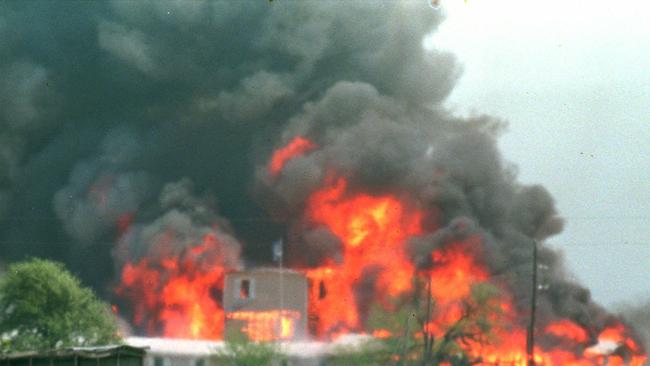
Dr Jones believes McVeigh and the Oklahoma City bombing were influenced by a number of environmental factors.
“Their sense of fear and conspiracy, the sense that American ideals were under attack, the way (McVeigh) thought America was under siege, that the country wasn’t doing enough to protect citizens — hence their belief in their right to carry arms — those were the broad things,” he said.
McVeigh was executed on the June, 11, 2001, by way of lethal injection. Nichols remains in maximum security at the ADX Supermax in Colorado.
NOT AN ISOLATED INCIDENT
The idea that an American was behind the country’s worst domestic terror attack is a sobering one. But even more sobering is the fact that history seems to be repeating itself.
Dr Jones said the world is once again buying into the dangerous rhetoric of nationalism.
“What the world is doing now, particularly if you think about Donald Trump, is they’re creating this perceived environment that the US is under attack, whether it be from Mexicans coming up from the south or whether it be from Muslim community groups within.”
“This strategy of focusing anger outwards, I think is deliberate in part. When you get a legitimising of this belief, and it’s really starting with Trump, they’re creating this nationalistic perspective and this is what really feeds people similar to Timothy McVeigh.”
When nationalism, disenfranchisement and anti-government sentiment are mixed it can prove dangerous — as McVeigh showed. This mix can lead white supremacists, and other members of the radicalised right, to lash out.
Dr Jones said “nationalism legitimises and accentuates the radicalised rights’ actions. They say, ‘Well if the President is saying we’re under siege then we need to take action. I don’t think they’re taking enough action, so I will. I’ll do it now’.”
Dr Jones believes we will see more attacks in the future.
“We will see, in fact we are, the rise of frustrated young people. You’re seeing youths no longer able to cope with whatever their grievances are. If you add that to feelings of insecurity, a nationalistic perspective and they’re legitimising attacks on Muslim groups then we’ll see a lot more of this; not necessarily large scale attacks like the Oklahoma bombing but certainly smaller scale attacks on minority groups.
“You can’t protect everybody, there’s lots of soft targets such as shopping centres, transport networks and the like. Attacks will sort of go hand-in-hand; when you get a young kid kill a police officer, then you’d get the retaliatory attack when people think ‘Well we really are under siege from minority groups and we need to take action to protect our country’.”
Oklahoma City is available to stream on Netflix.
Continue the conversation on Twitter with @raffaella_cicc.
Originally published as How Oklahoma City bombing changed a nation


